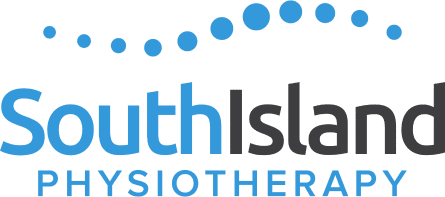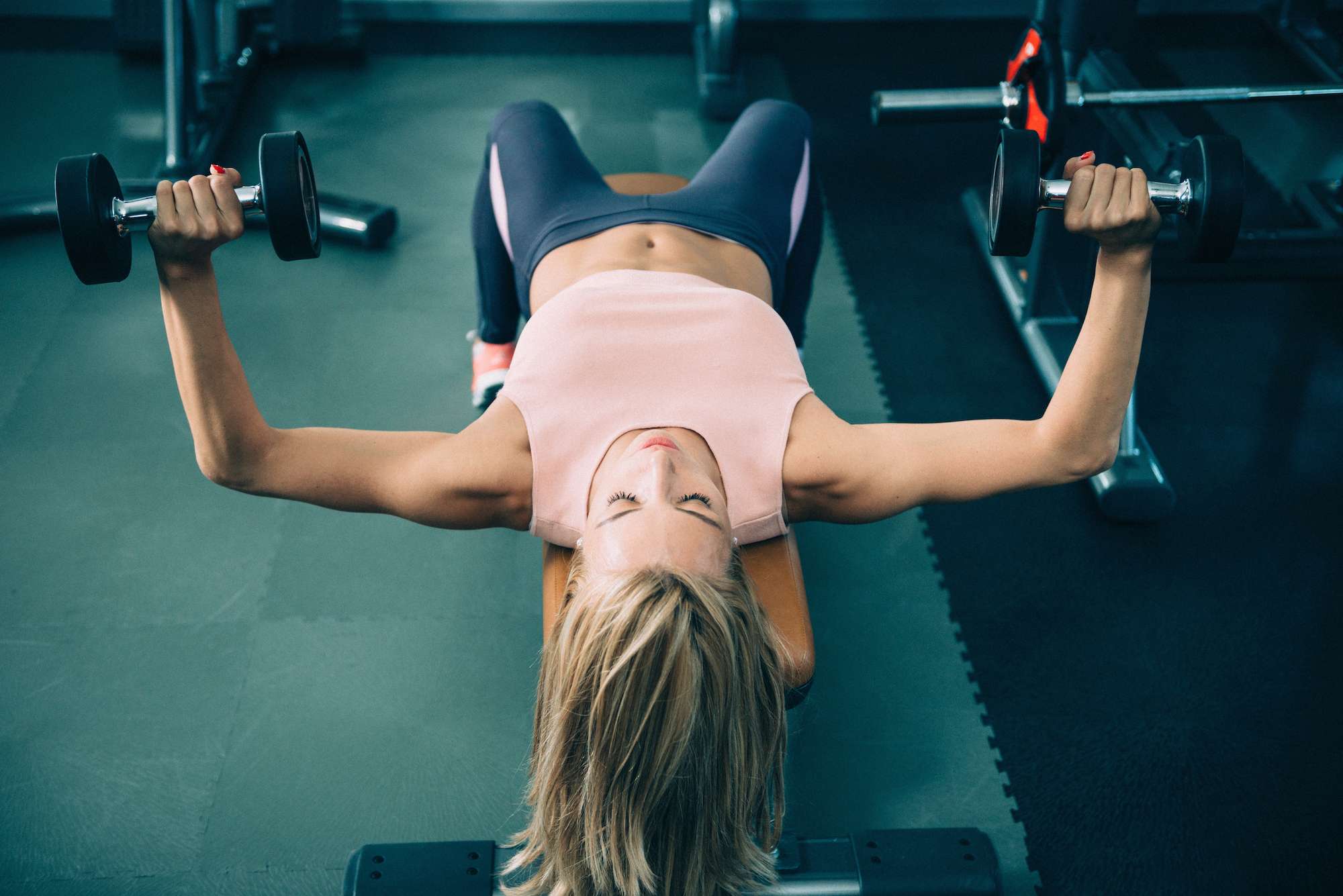So you are looking for a strength training program for beginners…
Are you a beginner looking to kickstart your fitness journey with a solid strength training program? You’ve come to the right place! Strength training, also known as weight training or resistance training, offers numerous benefits for beginners, including building muscle, increasing strength, enhancing metabolism, and boosting overall health. In this comprehensive guide, we’ll walk you through a beginner-friendly workout routine that incorporates key exercises targeting major muscle groups. Get ready to transform your body and improve your fitness level with these foundational movements.
Understanding Strength Training for Beginners:
Before diving into the workout routine, let’s take a moment to understand what strength training entails for beginners. Strength training involves performing exercises that challenge your muscles against resistance, whether it’s from weights, resistance bands, or your body weight. As a beginner, it’s crucial to start with light weights or even just your body weight to master proper form and prevent injury.
Key Components of a Beginner Workout Routine:
- Warm-Up: Before starting any workout, it’s essential to warm up your muscles to prepare them for the upcoming activity. A dynamic warm-up consisting of movements like arm circles, leg swings, and torso twists can help increase blood flow to your muscles and improve flexibility.
- Compound Exercises: Compound exercises involve multiple joints and muscle groups working together, making them highly effective for beginners. These exercises provide a full-body workout and help build functional strength. Some essential compound exercises for beginners include squats, deadlifts, bench presses, and bent-over rows.
- Repetitions and Sets: When starting a strength training program as a beginner, focus on performing each exercise with proper form and technique rather than lifting heavy weights. Aim for 2-3 sets of 8-12 repetitions for each exercise. This rep range helps build muscular endurance and lays the foundation for future strength gains.
- Progressive Overload: Progressive overload is the gradual increase in intensity, volume, or difficulty of your workouts over time. As you become stronger and more experienced, gradually increase the weight, repetitions, or sets to continue challenging your muscles and stimulating growth.
- Rest and Recovery: Allowing adequate rest between workouts is essential for muscle recovery and growth. Aim to have at least one day of rest between strength training sessions to give your muscles time to repair and rebuild stronger.
The Beginner Workout Routine:
Now, let’s outline a simple yet effective beginner workout routine incorporating key exercises and principles of strength training.
- Squats: Squats are a foundational lower body exercise that targets the quadriceps, hamstrings, glutes, and core muscles. To perform a squat:
- Stand with your feet shoulder-width apart, toes pointed slightly outward.
- Keep your chest up and back straight as you lower your hips back and down as if sitting into a chair.
- Lower down until your thighs are parallel to the ground, then push through your heels to return to the starting position.
- Aim for 2-3 sets of 10-12 repetitions.
- Dumbbell Bench Press: The dumbbell bench press is an excellent compound exercise for targeting the chest, shoulders, and triceps. To perform a dumbbell bench press:
- Lie on a flat bench with a dumbbell in each hand, elbows bent at a 90-degree angle.
- Press the dumbbells up towards the ceiling until your arms are fully extended, then lower them back down with control.
- Aim for 2-3 sets of 8-10 repetitions.
- Deadlifts: Deadlifts are a fundamental compound exercise that primarily targets the posterior chain muscles, including the lower back, glutes, and hamstrings. To perform a deadlift:
- Stand with your feet hip-width apart, toes pointing forward, and a barbell or pair of dumbbells in front of you.
- Bend at your hips and knees to lower your torso while keeping your back flat and chest lifted.
- Grab the barbell with an overhand grip, shoulder-width apart, and push through your heels to lift the weight, standing up tall.
- Lower the weight back down with control.
- Aim for 2-3 sets of 8-10 repetitions.
- Bent-Over Rows: Bent-over rows target the muscles of the upper back, including the latissimus dorsi, rhomboids, and traps, as well as the biceps. To perform a bent-over row:
- Stand with your feet hip-width apart, holding a barbell or pair of dumbbells in front of you with an overhand grip.
- Hinge forward at your hips while keeping your back flat and chest lifted.
- Pull the weight towards your torso by bending your elbows, squeezing your shoulder blades together at the top of the movement.
- Lower the weight back down with control.
- Aim for 2-3 sets of 10-12 repetitions.
- Lunges: Lunges are a versatile lower body exercise that targets the quadriceps, hamstrings, glutes, and calves. To perform a lunge:
- Stand tall with your feet together.
- Take a large step forward with one foot and lower your body until both knees are bent at a 90-degree angle.
- Keep your front knee aligned with your ankle and your back knee hovering just above the ground.
- Push through your front heel to return to the starting position, then repeat on the other side.
- Aim for 2-3 sets of 10-12 repetitions per leg.
- Planks: Planks are an excellent core-strengthening exercise that also engage the shoulders, chest, and glutes. To perform a plank:
- Start in a push-up position with your hands directly beneath your shoulders and your body forming a straight line from head to heels.
- Engage your core muscles and hold this position for as long as possible while maintaining proper form.
- Aim for 2-3 sets, holding for 30-60 seconds each.
Incorporating Cardio and Recovery:
While strength training is essential for building muscle and strength, don’t forget to include cardiovascular exercise in your workout routine for overall health and fitness. Activities like jogging, cycling, swimming, or brisk walking can help improve cardiovascular endurance and aid in weight loss.
Additionally, prioritize rest and recovery to allow your muscles to repair and grow stronger. Adequate sleep, proper nutrition, hydration, and stretching can all contribute to faster recovery and better performance in your workouts.
Tracking Progress and Adjustments:
To track your progress and ensure continued improvement, consider keeping a workout journal or using a fitness tracking app to record your exercises, sets, reps, and weights used. Monitor your progress over time and make adjustments to your workout routine as needed, such as increasing weight, changing exercises, or modifying rep ranges.
Conclusion:
Embarking on a strength training journey as a beginner can be both exciting and rewarding. By following a well-rounded workout routine that includes compound exercises targeting major muscle groups, incorporating progressive overload, and allowing for adequate rest and recovery, you can build strength, increase muscle mass, and improve overall fitness. Remember to start with lighter weights, focus on proper form and technique, and gradually progress as you become more experienced. With dedication, consistency, and patience, you’ll be well on your way to achieving your fitness goals and transforming your body. So, lace up your shoes, grab those dumbbells, and let’s get started on your journey to a stronger, healthier you!

